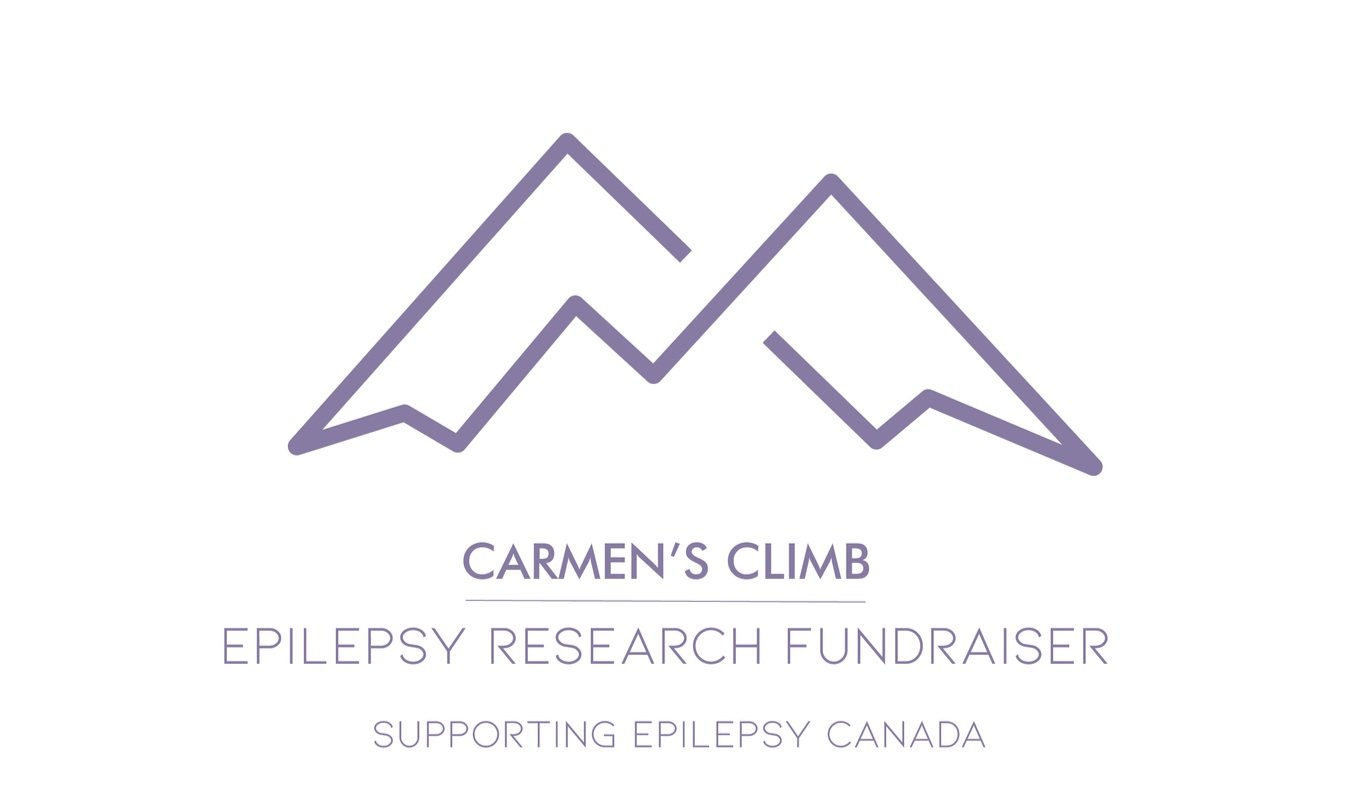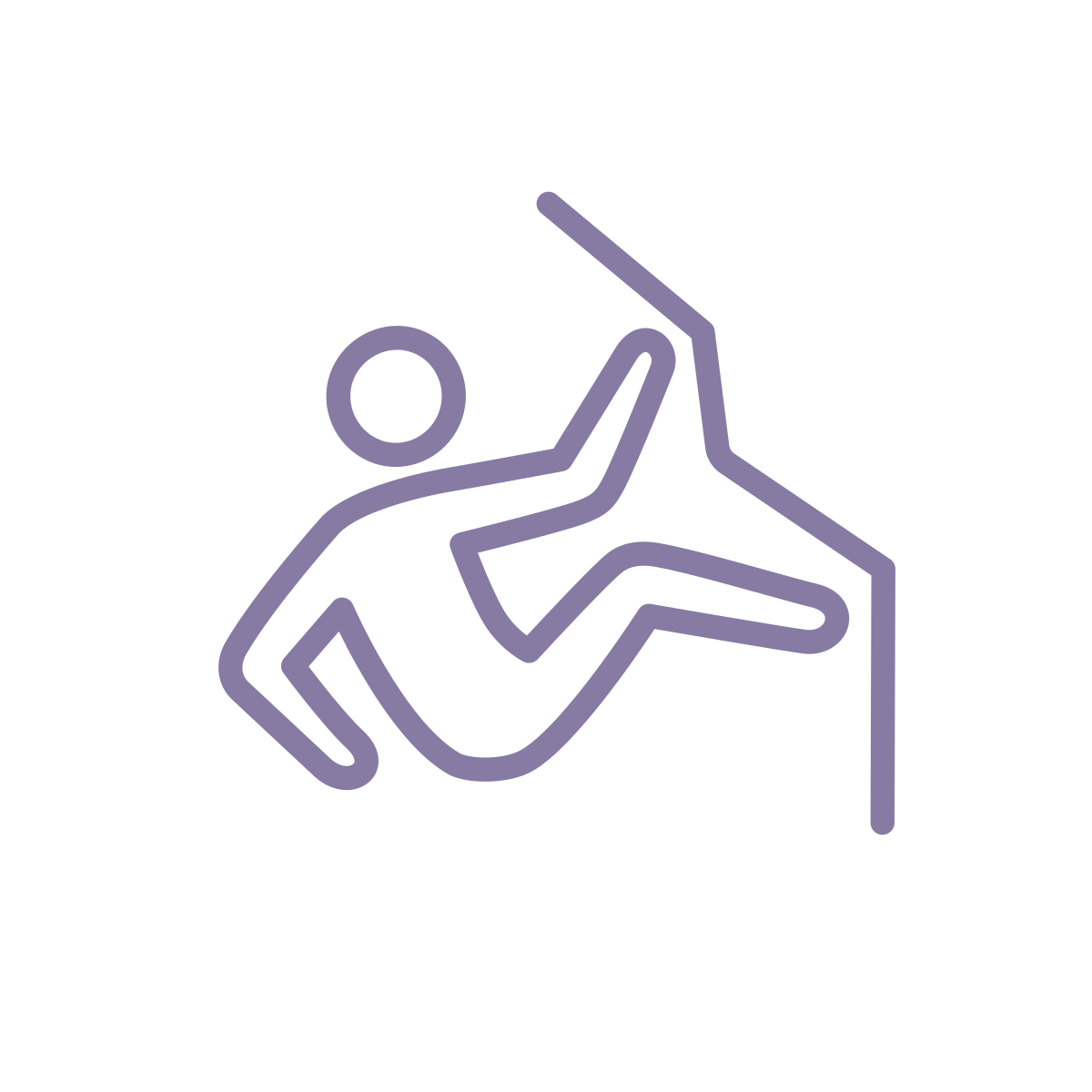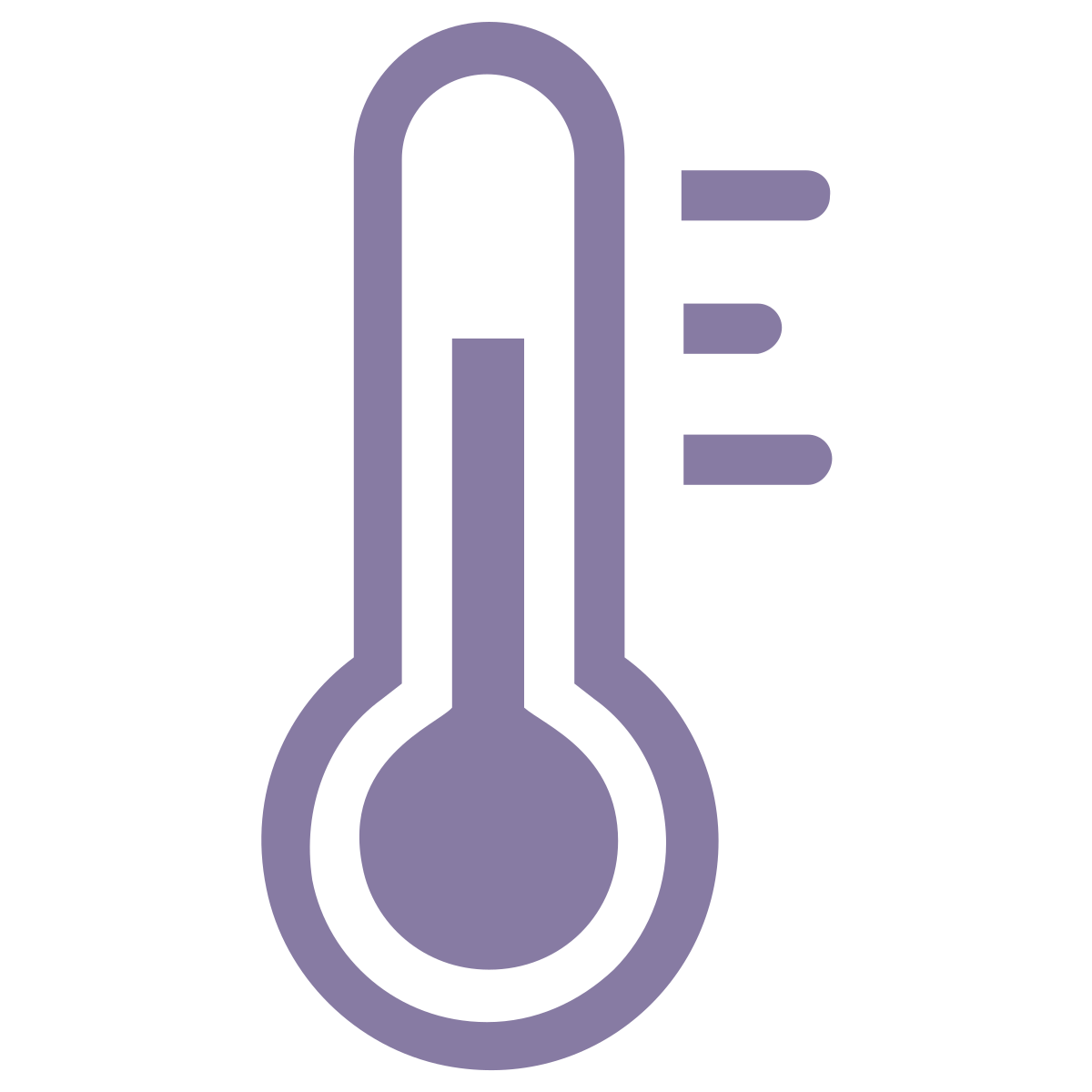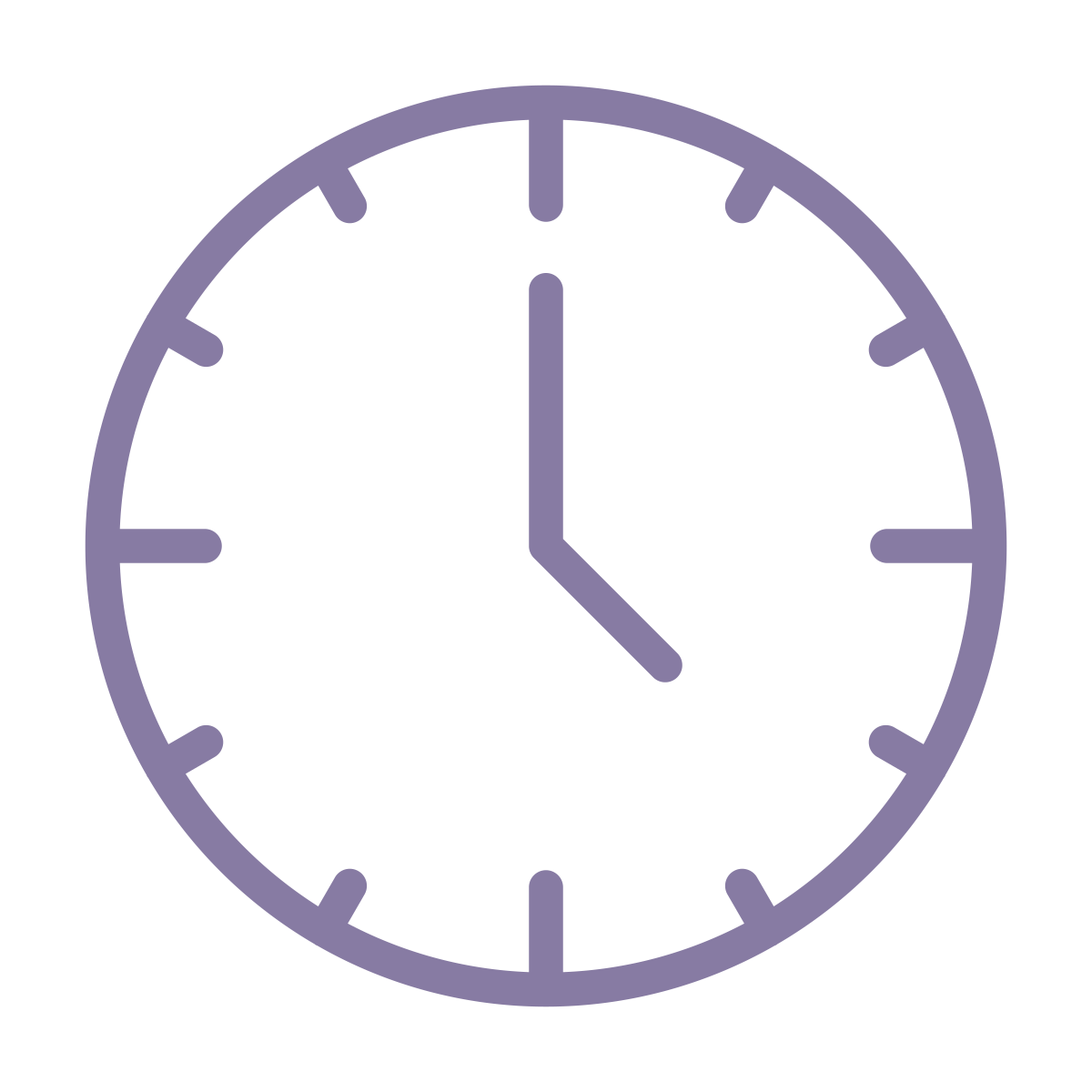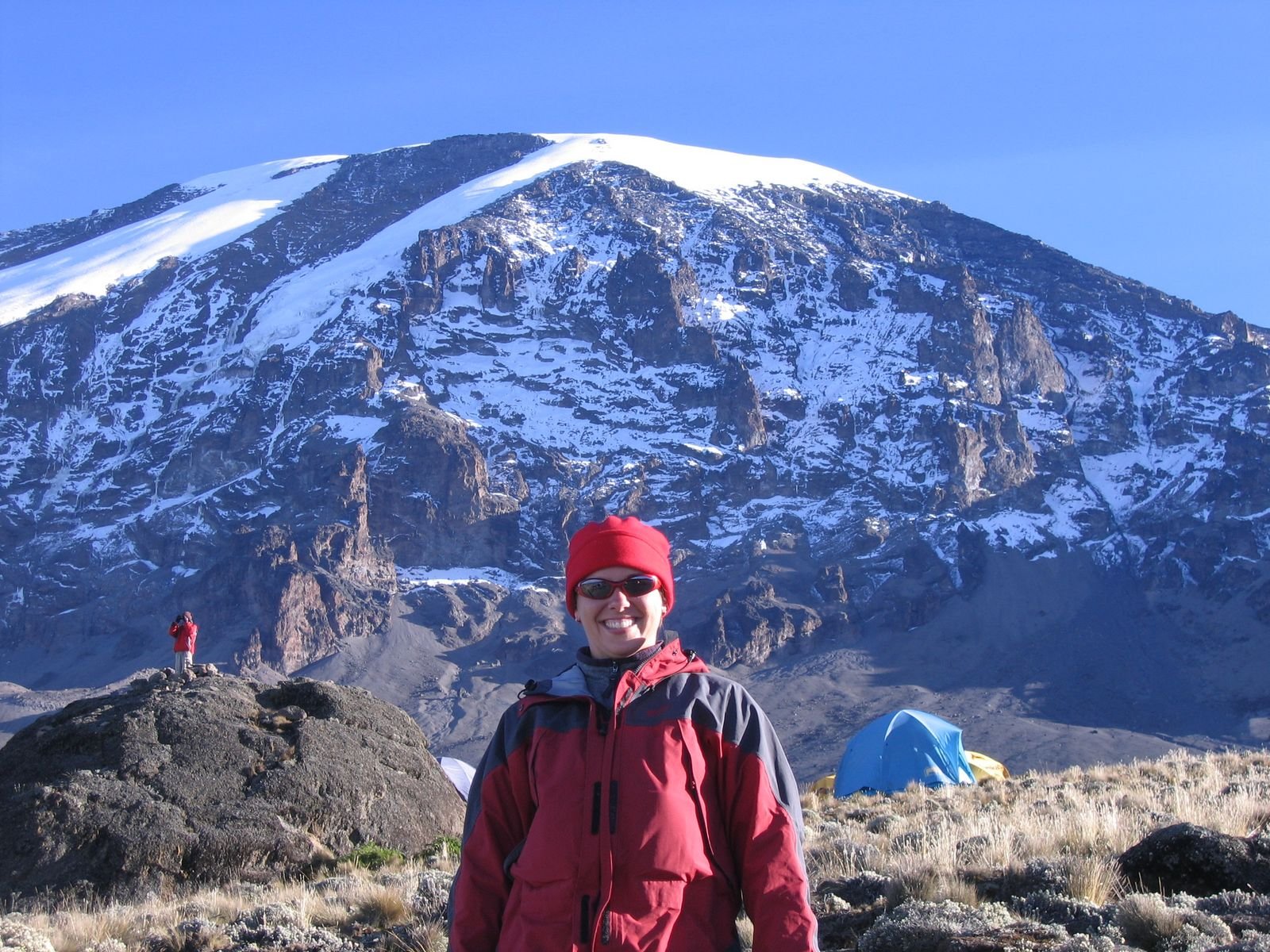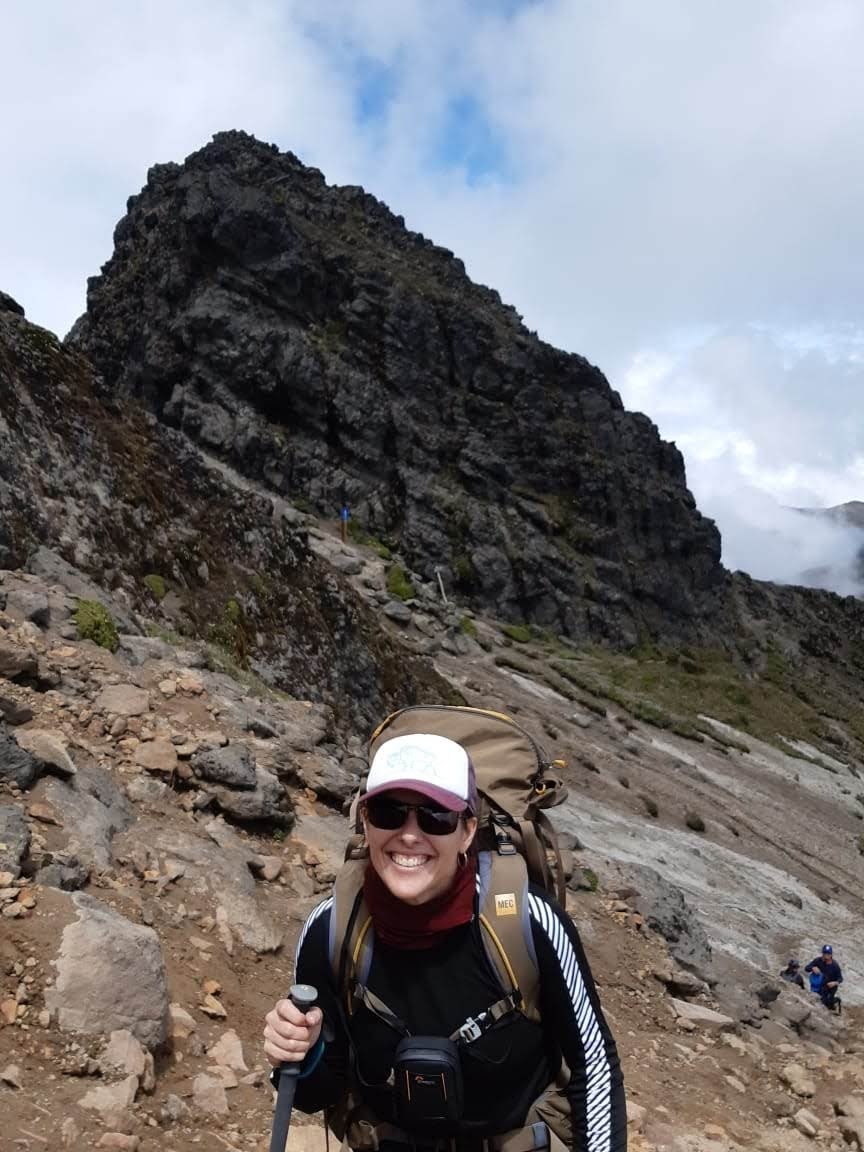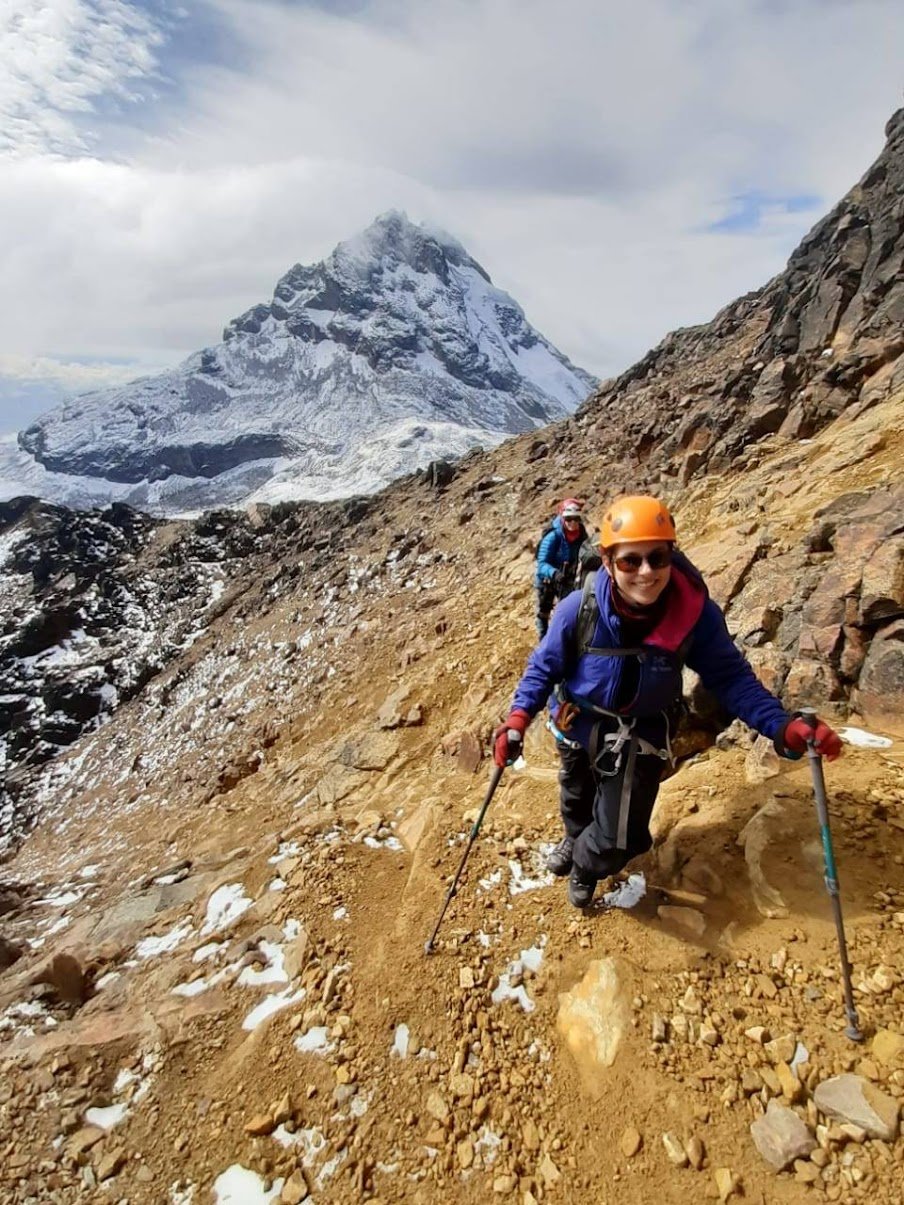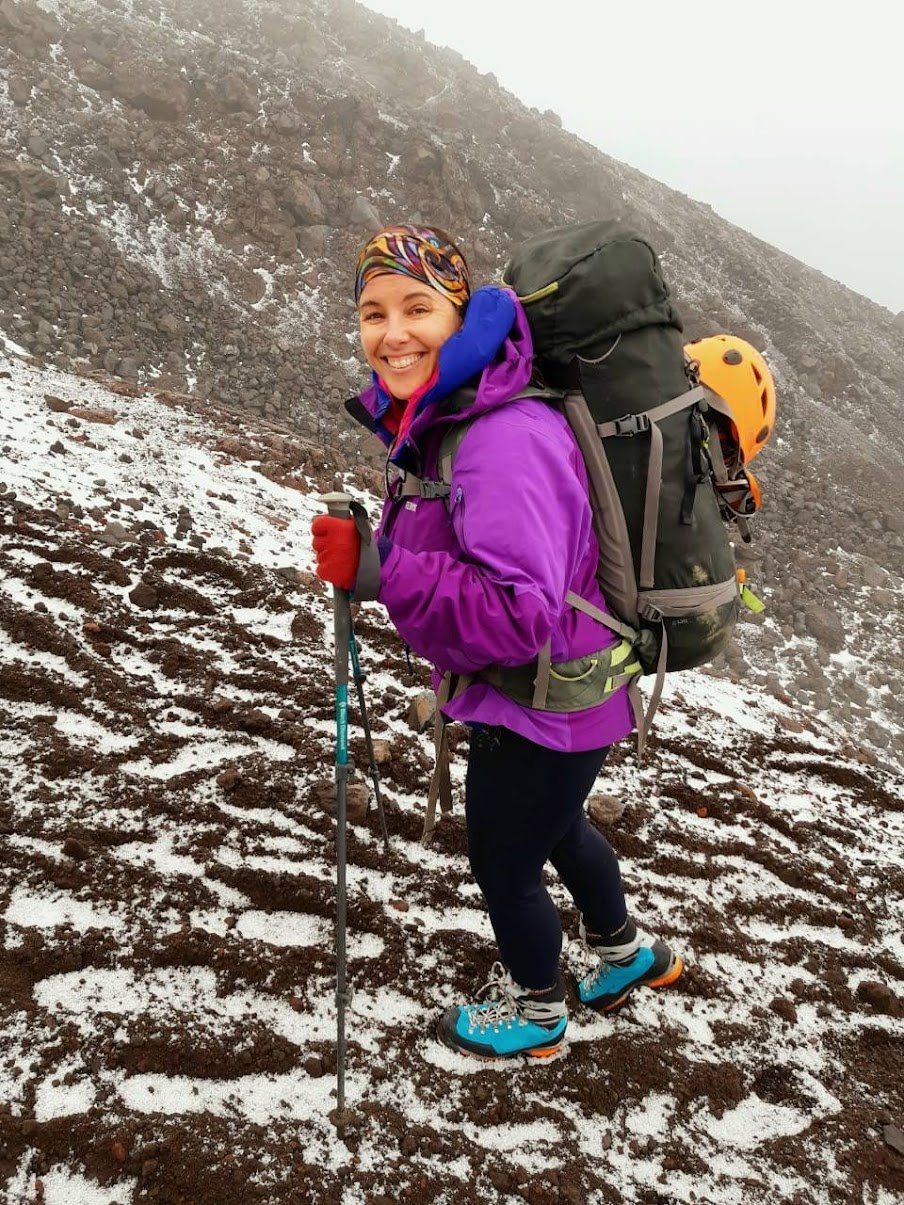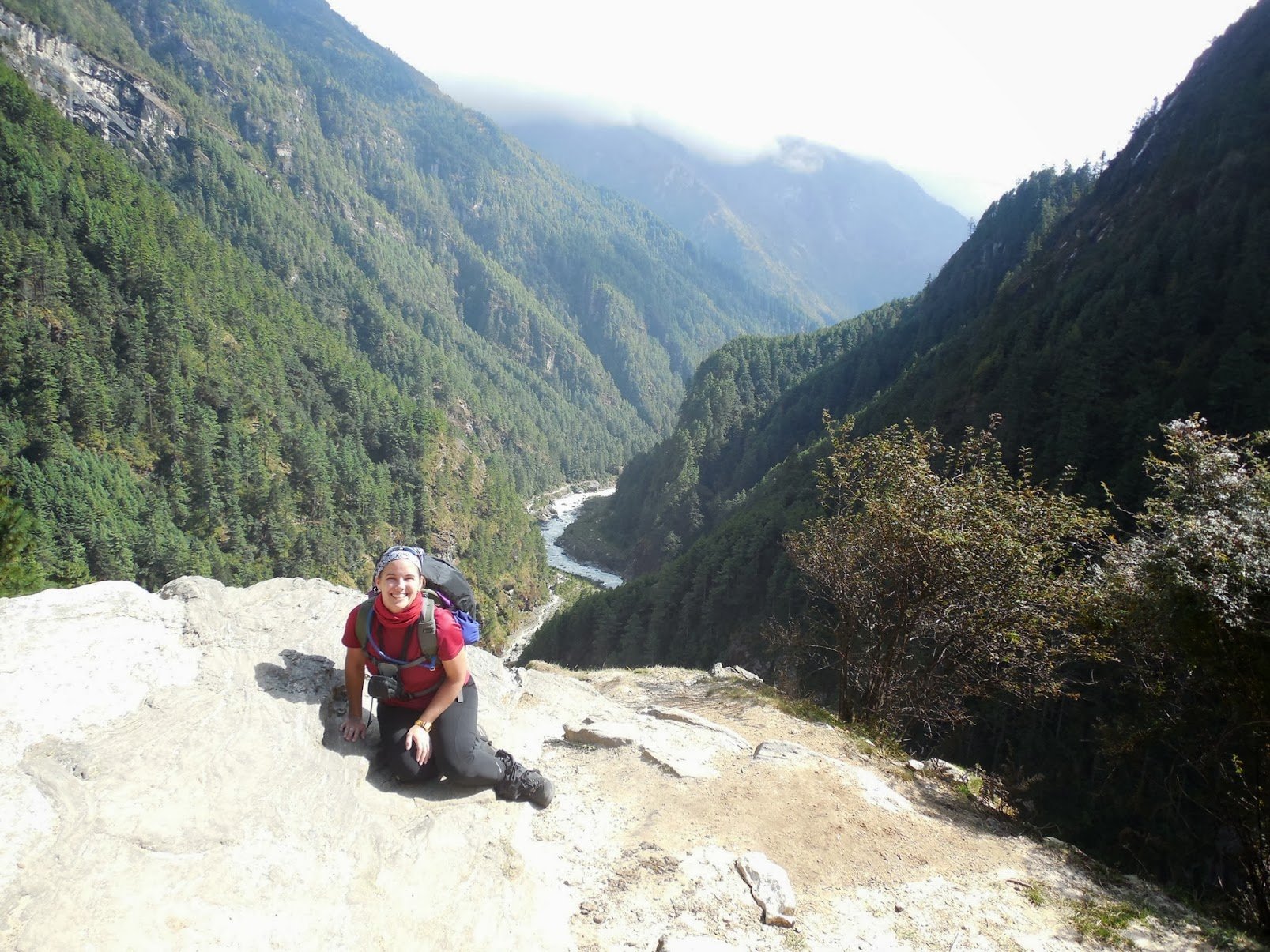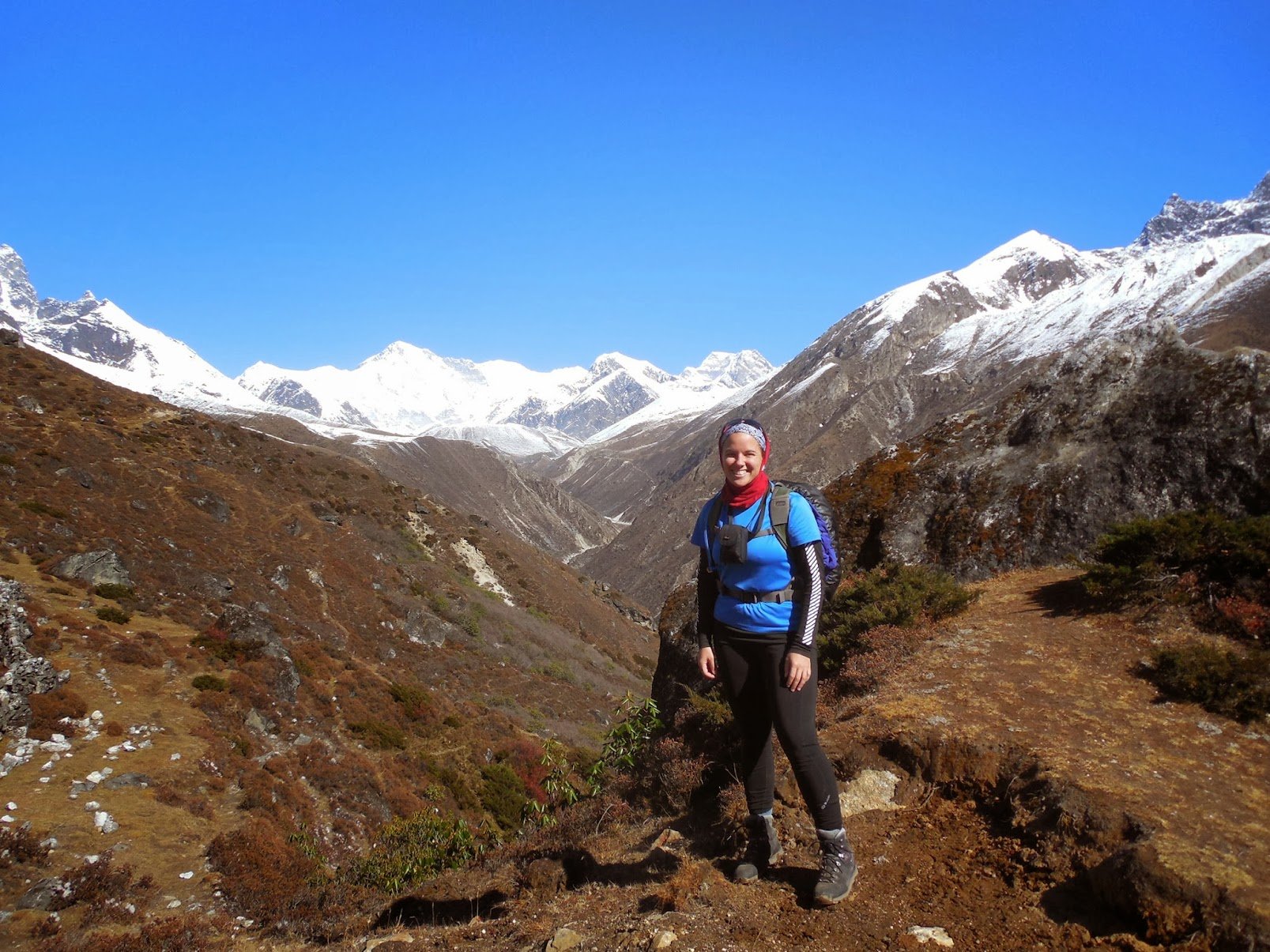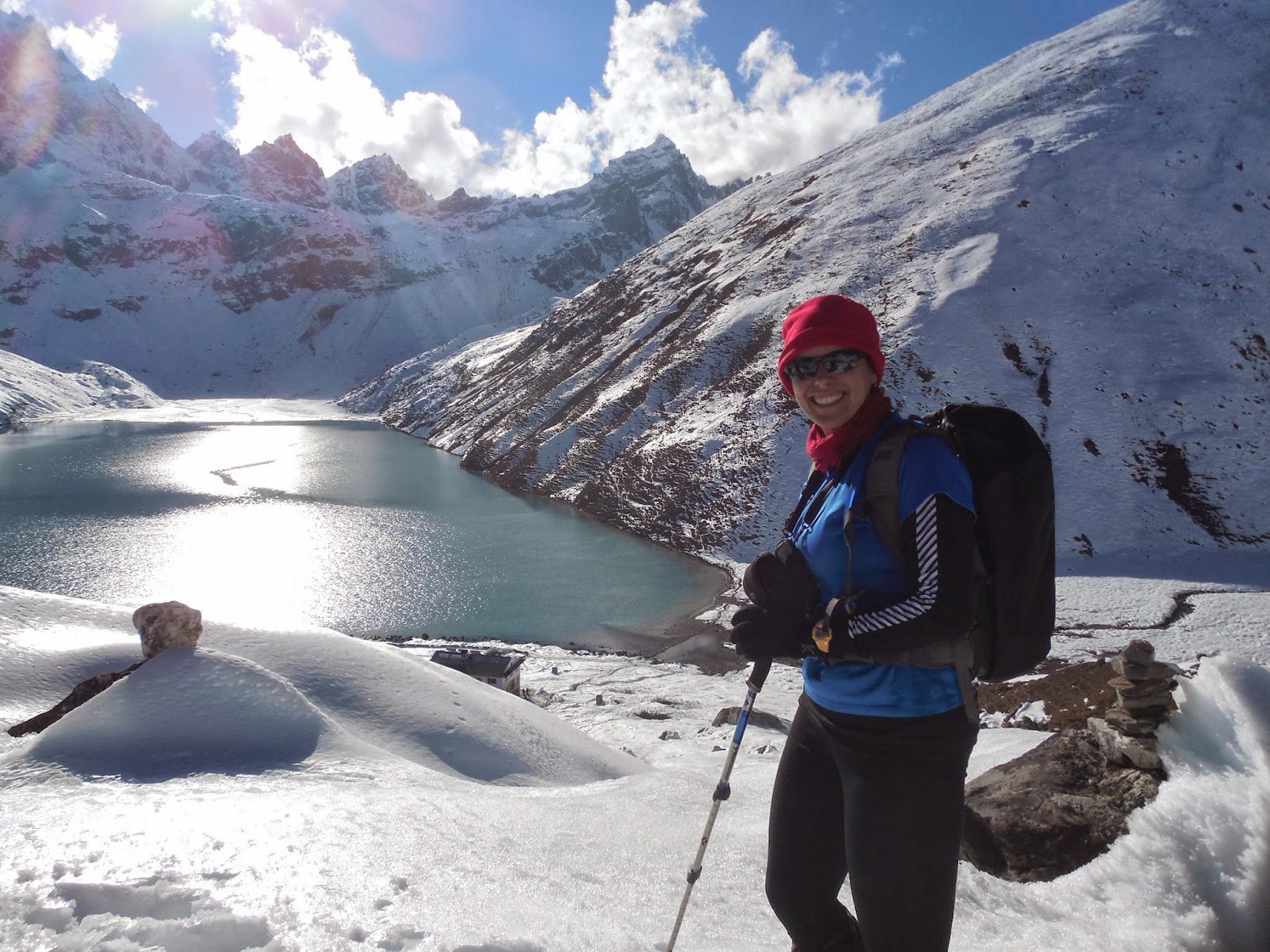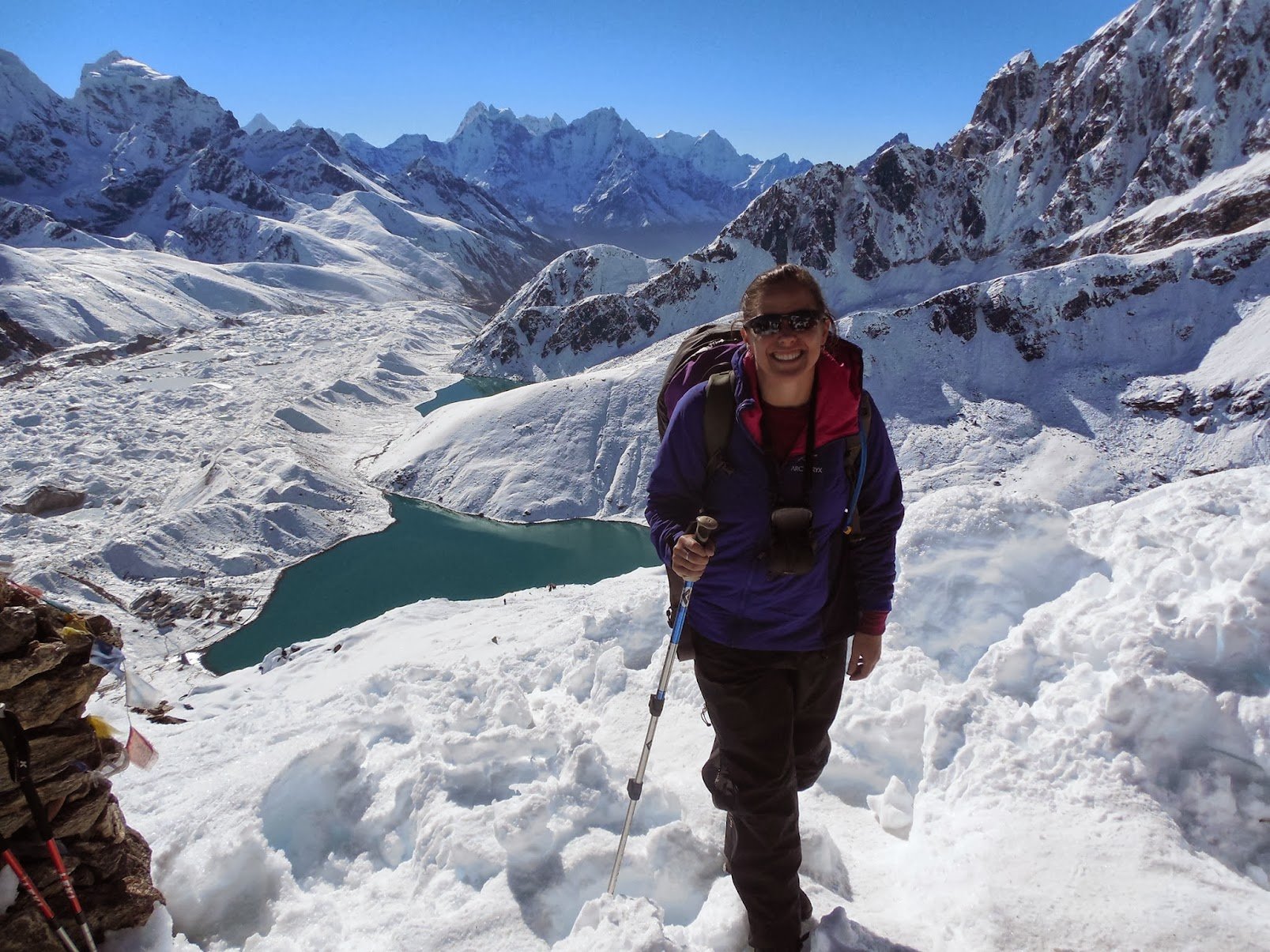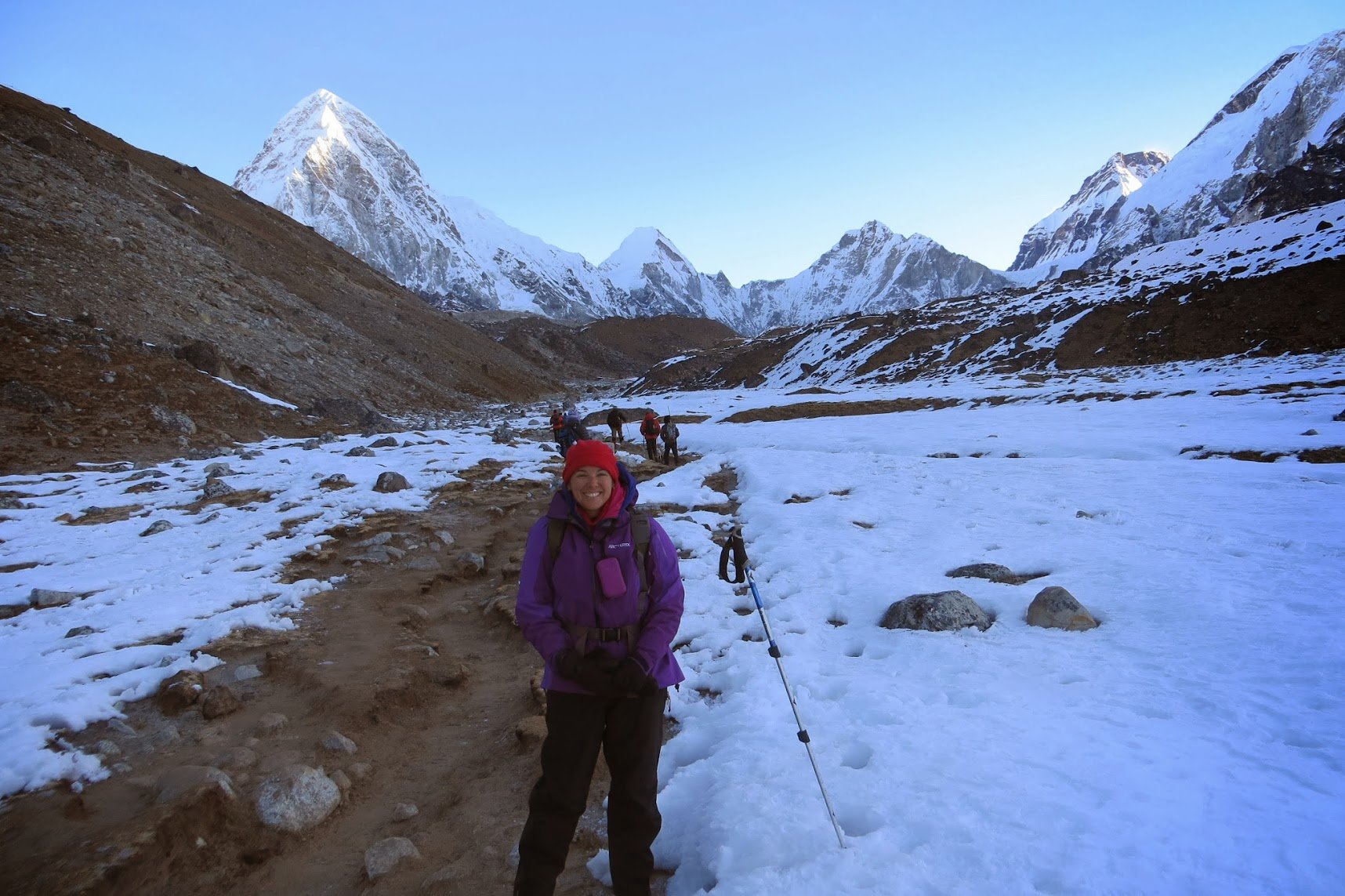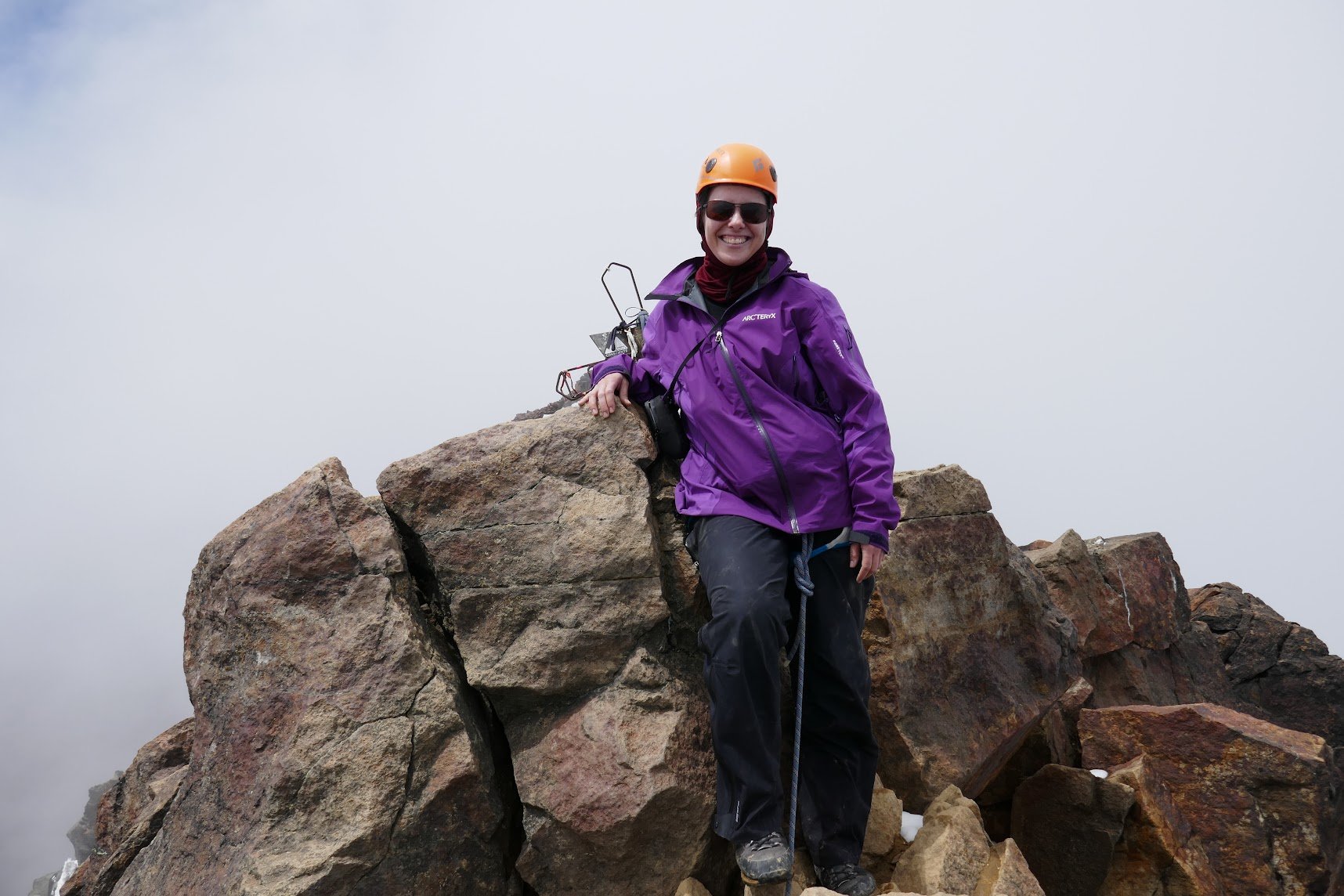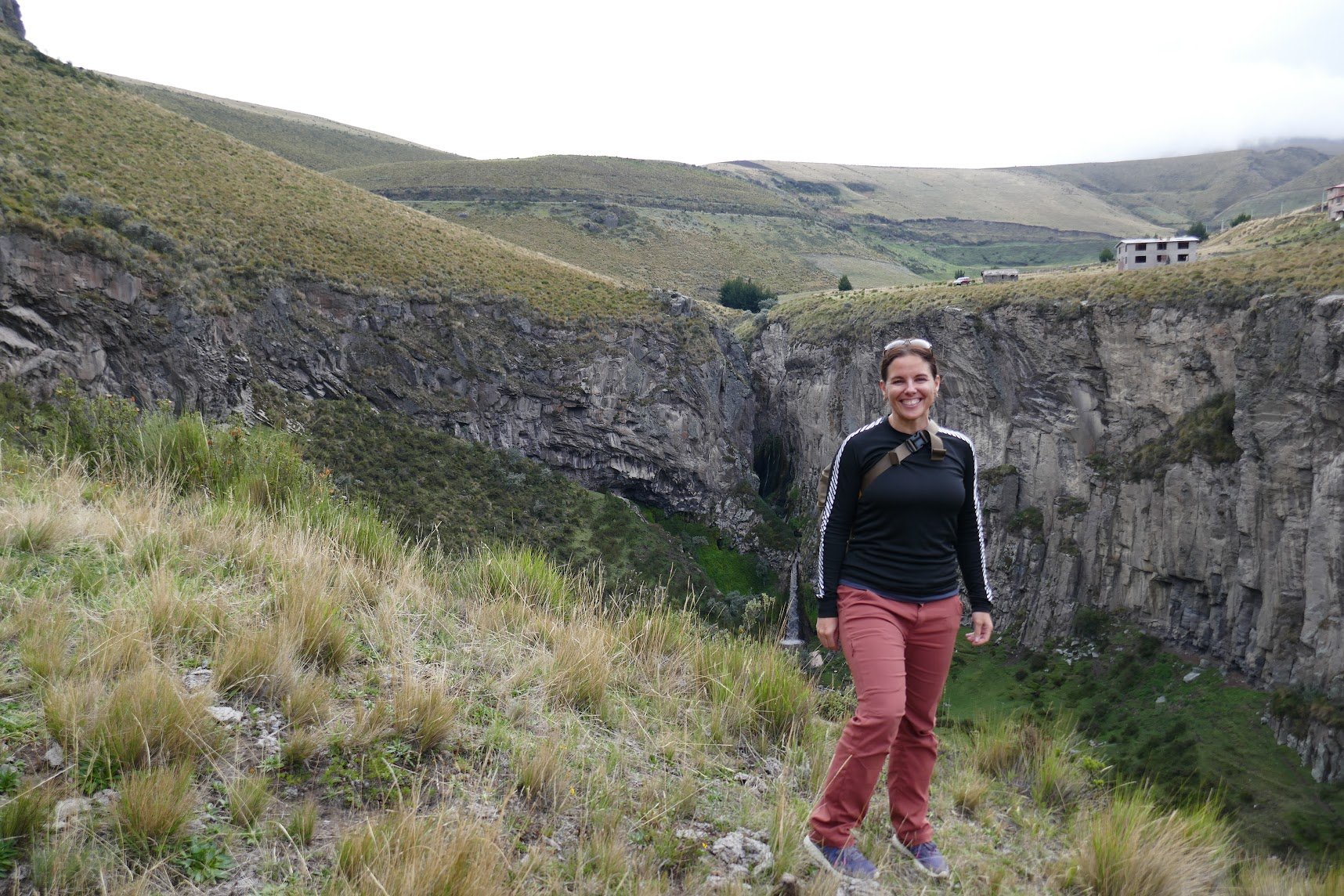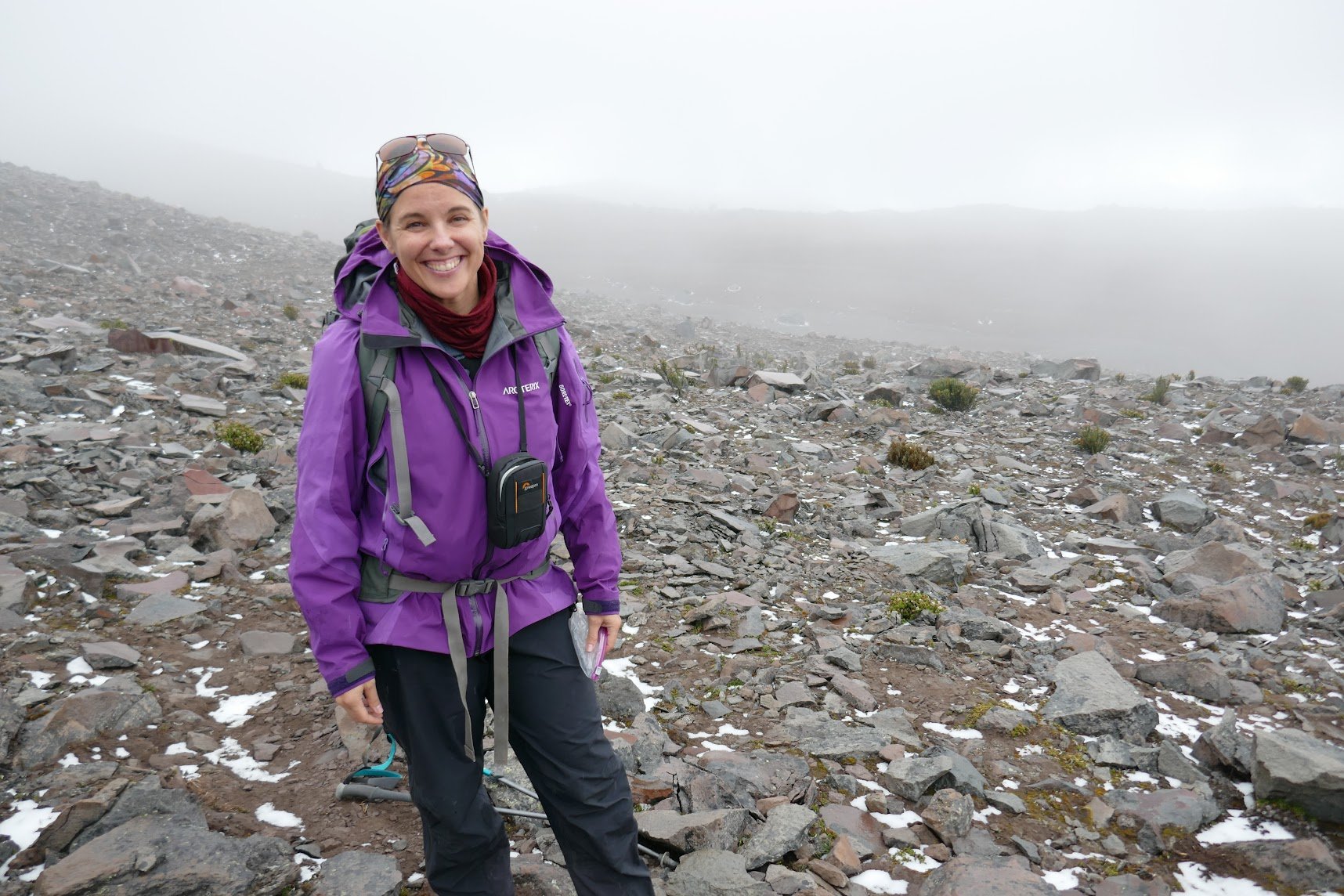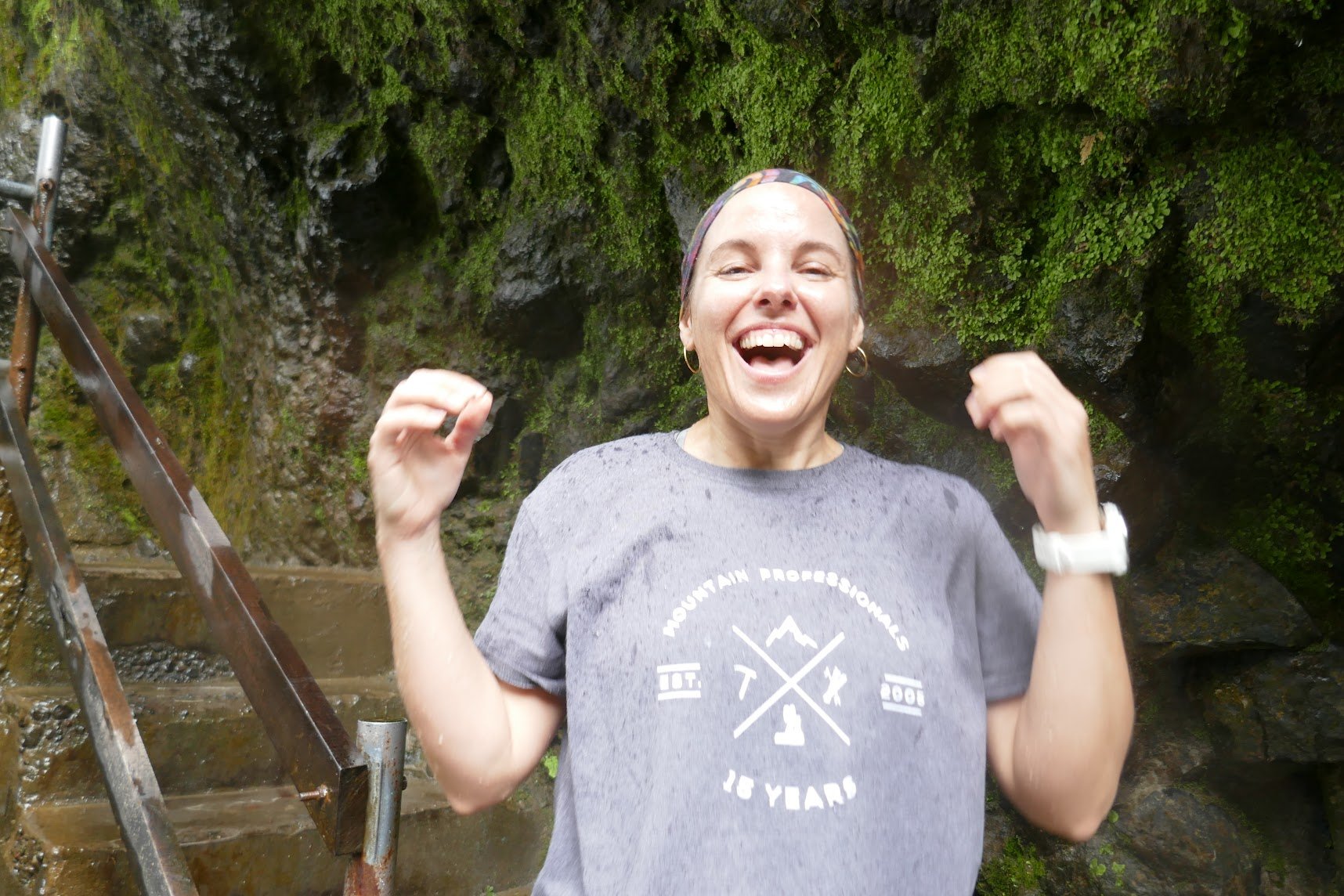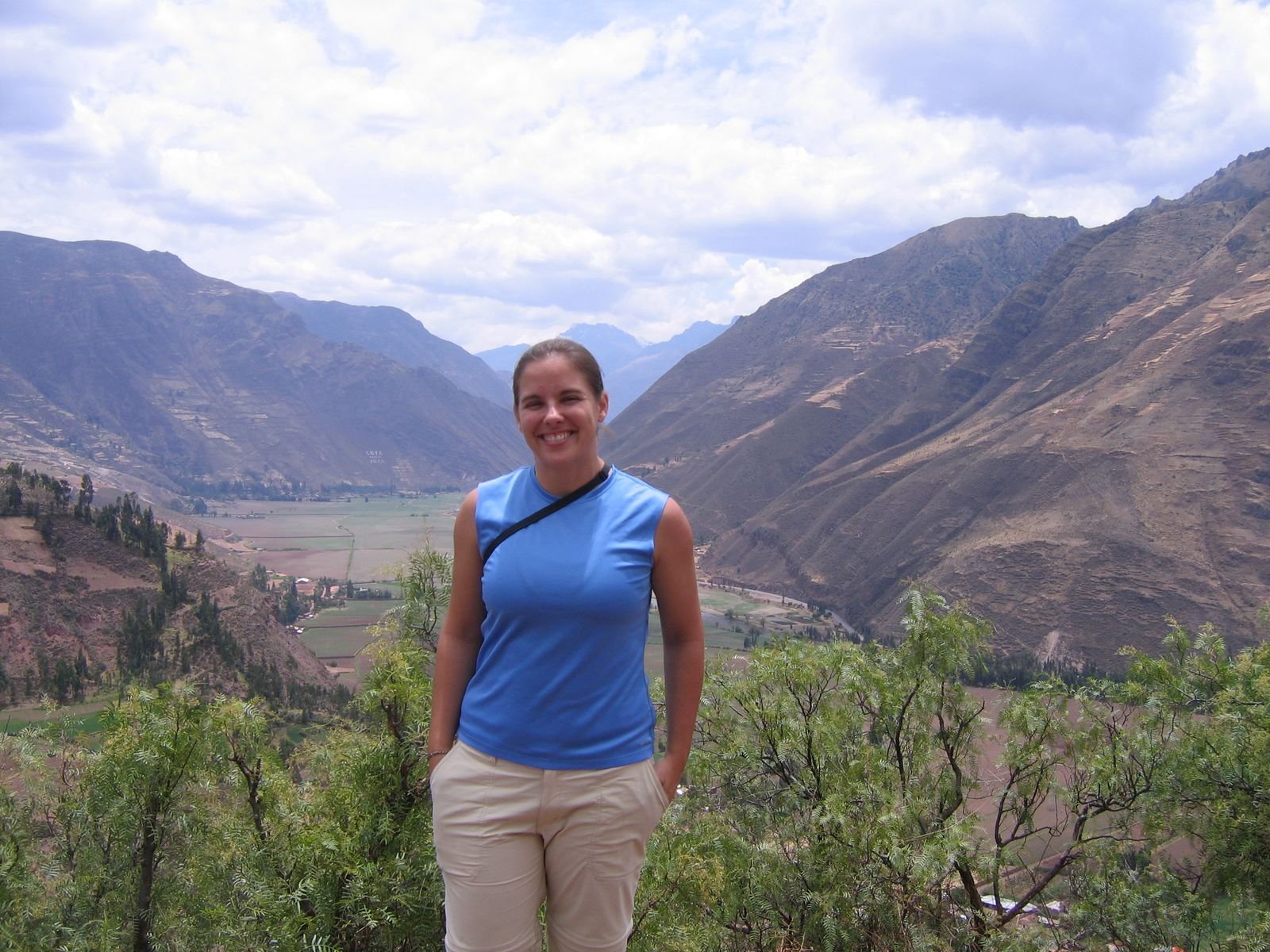In November 2022 Carmen Zannier will join a very small group of mountaineers to take on Mount Vinson in Antarctica.
The Vinson Massif is one of the least spoiled mountainous areas on Earth as so few people have ever had the opportunity to climb it. Carmen’s goal is to not only summit, and become one of only a handful of Canadians to do so, but to do so in the name of epilepsy research to find a cure.
Support Carmen’s Climb
THE CLIMB
Only About 1,000 climbers have summited Mt. Vinson, much fewer than the other Seven Summits (by comparison, about 4,000 people have summited Everest).
Mount Vinson is the coldest, most isolated and most southerly of the Seven Summits. It was the last to be discovered and the last to be climbed. It is in a part of Antarctica connected to the main landmass by a sea of ice.
An incredibly hostile world, utterly isolated, Mount Vinson defines part of the attraction of mountaineering: to go where few have trodden before.
Name: Mount Vinson: 4892m (16,050ft) Southern part of the Sentinel range in the Ellsworth Mountains, West Antarctica.
Climate: Between December and February the sun shines non-stop. Temperatures only rise to an average of -20ºC!
Climb Duration & Difficulty: 16 Days. While other summits are more challenging from a technical climbing perspective, the cold, windy conditions and the short window of opportunity to climb keep many climbers from making it to the top.
THE CLIMBER: Carmen Zannier
CARMEN’S STORY
Epilepsy is an out-of-body experience invisible to people around me, a peculiar rush of energy through my torso and soul. I am now and always have been frightened to share this part of myself. I've hidden that I have epilepsy. I'm afraid you will think I am weird or incompetent, afraid there will be a modern day version of burning me at the stake. I will share anyway, God knows I'm long overdue.
The doorway of my childhood home was framed with frosted glass, leaf-like etchings that obscured images but welcomed the light. I was looking through this doorway the first time I had a seizure. My friend was outside, I could see her blurry blue t-shirt climbing the front steps to ring the doorbell. We were going to do homework together and I was very excited! I halted in the middle of the foyer, overcome with a feeling. My head was stacked on top of my shoulders, which were stacked on top of my hips, which were stacked on top of my knees, my ankles, my feet. Ten-year old feet firmly planted on cool ceramic floor. These are seemingly obvious statements - I am telling you every part of my body was in its rightful place. But myself, whatever constitutes me, my being... who I am... was immediately and intensely in the air, up high where I was helpless to reach, dispersed amongst the top of the coat rack and the door frame, receding to the corners of the walls and ten foot ceiling. Standing still, I was inexplicably separated from myself. To this day, thirty-four years later, I have never been so scared, nor so mystified.
In the weeks that followed I had visible seizures, the kind we see on TV and are more often referenced when speaking about epilepsy. They're violent attacks. Of the precious little I remember, that invisible, out-of-body sensation precipitated my visible seizures. That unseen dispersion of myself into an empty, other-worldly space remains vivid in my memory. It haunts me, there's really no other way to say it. It’s a desolate place, where I go when it happens. An invisible tundra. I hate it there. I wish I could say with confidence that I'll never go back, but I can't. I feel so much of my life has been about collecting myself from there. Putting myself back together again and again and again, for here.
We don't have a cure for what I first experienced in 1989. We medicate the hell out of seizures, we suppress the visible and violent attack, but we don't have a cure. I'd really like one. I've been quiet about epilepsy for decades but being quiet hasn't accomplished much. Maybe finally saying something will help me or someone like me.
After 34 years, I'm raising awareness - and money - for epilepsy! I'm off to Antarctica, to make a bid for the summit of Mt. Vinson! Your support in this wild endeavour would help squash the lingering stigma attached to epilepsy and help find a cure. I want to be clear: 100% of your donation goes to Epilepsy Canada.
Give me adventure! Give me that uneven ground, that wide open sky. Give me a target overhead that I can see and touch with my hands. A destination I can arrive at, fully and completely me.
THE CAUSE
Epilepsy is present in approximately 300 000 Canadians, and is recognized by the World Health Organization as the world's most common brain disorder. Despite this, epilepsy is comparatively underfunded and Epilepsy Canada does a fantastic job of supporting several different major research projects in finding future treatment for people who suffer from medication resistant seizures as well as seizure forecasting and defense against Sudden Unexpected Death In Epilepsy(SUDEP).
“We don't have a cure for what I first experienced in 1989. We medicate the hell out of seizures, we suppress the visible and violent attack, but we don't have a cure. I'd really like one. I've been quiet about epilepsy for decades but being quiet hasn't accomplished much. Maybe finally saying something will help me or someone like me. After 34 years, I'm raising awareness - and money - for epilepsy! I'm off to Antarctica, to make a bid for the summit of Mt. Vinson!“

